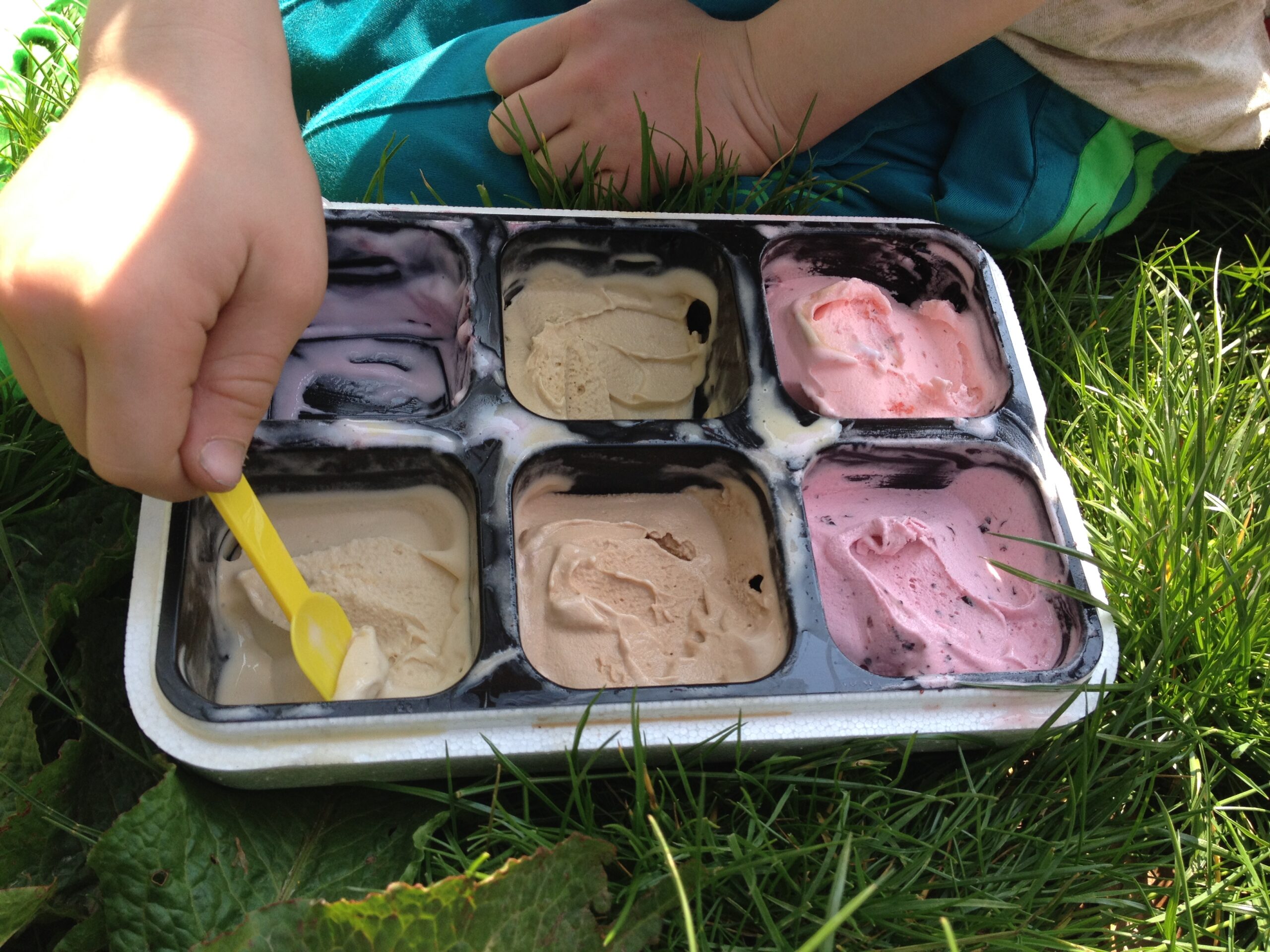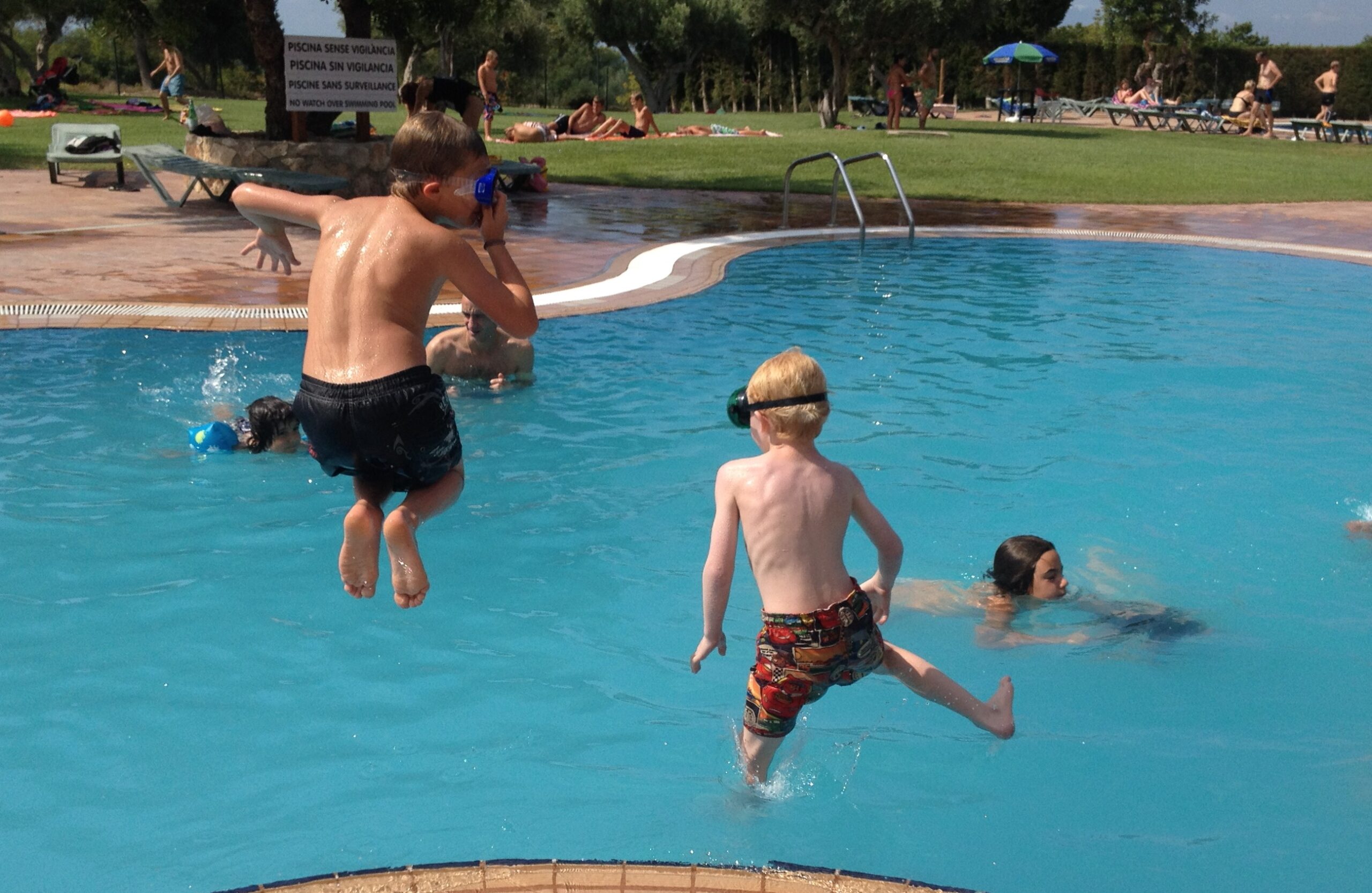Sanse integration
Smagssans
Ophavsmanden til teorien er A. Jean Ayres. Hun er en amerikansk ergoterapeut og psykolog, der i 1960erne begyndte at udvikle sanseintegrations teorien. Hun udviklede smagssans
teorien for bedre at kunne beskrive og forudsige specielle sammenhænge mellem udviklingen af sansemotorisk adfærd, neurale processer og indlæring. Hun påviste, at dårlig sansebearbejdning og – samordning i hjernen er årsagen til mange motoriske, indlærings- og adfærdsmæssige problemer.
Sensory experiences include touch, movement, body position,vision,smell,taste, sound and the pull of gravity. The process of the brain organising and interpreting this information is called sensory integration. Sensory integration provides a crucial foundation for later, more complex learning and behaviour.
For most children sensory integration develops in the course of ordinary childhood activities. But for some children, sensory integration does not develop as efficiently as it should. This is known as dysfunction in sensory integration (D.S.I.). When the process is disordered a number of problems in learning, motor skills and behaviour may be evident.![]()
The concept and theory of sensory integration comes from a body of work developed by A. Jean Ayres, PhD, OTR, an occupational therapist who was based in California, U.S.A. As an occupational therapist, Dr. Ayres was interested in the way in which sensory processing and motor planning disorders interfere with activities of daily living and learning. This theory has been developed and refined by the research of Dr. Ayres, as well as other professionals. In addition, literature from the fields of neuropsychology, neurology,physiology,child development, psychology and the conducting of basic and applied research studies have contributed to theory development and intervention
Følesans
Strategies
Some signs of Sensory Integration Dysfunction:
Physical clumsiness
Difficulty learning new movements
Activity level unusually high or low
Poor body awareness
Inappropriate response to touch, movements, sights or sounds
Poor self esteem
Social and/or emotional difficulties
Synssans
Fra “bevægelse er fundamentalt for børn”
Ifølge hjerneforsker Kjeld Fredens er bevægelse og handling så fundamental for børn, at man kan sige, at børn tænker med kroppen. Kun det, der forandrer sig, består. Det er dét, der får børn til at opleve. Et eksempel er, når børn laver huler i haven. De samler ihærdigt alt, hvad der kan bruges og bygger så et vidunder af en bolig. Når hulen er færdig, mistes interessen hurtigt, for børnene er allerede i fuld gang med nye opgaver – og dermed i gang med at udvikle sig.
Overly sensitive to touch, movements, sights, or sounds. Behavior issues: distractible, withdrawal when touched, avoidance of textures, certain clothes, and foods. Fearful reactions to ordinary movement activities such as playground play. Sensitive to loud noises. May act out aggressively with unexpected sensory input.
Unusually high/low activity level. Constantly on the move or may be slow to get going, and fatigue easily.
Delays in academic achievement or activities of daily living. May have problems in academic areas, despite normal or above normal intelligence. Problems with handwriting, scissors use, tying shoes, buttoning and zipping clothes.
Poor self concept. May appear lazy, bored, or unmotivated. May avoid tasks and appear stubborn.
Underreactive to sensory stimulation. Seeks out intense sensory experiences such as body whirling, falling and crashing into objects. May appear oblivious to pain or to body position. May fluctuate between under and over-responsiveness.
Coordination problems. May have poor balance, may have great difficulty learning a new task that requires motor coordination, appears awkward, stiff, or clumsy.
Poor organization of behavior. May be impulsive, distractible, lack of planning in approach to tasks, does not anticipate result of actions. May have difficulty adjusting to a new situation or following directions. May get frustrated, aggressive, or withdraw when they encounter failure.
Kilde: Google under “Jean Ayres” og “Sanseintegration”


